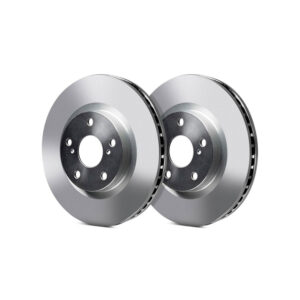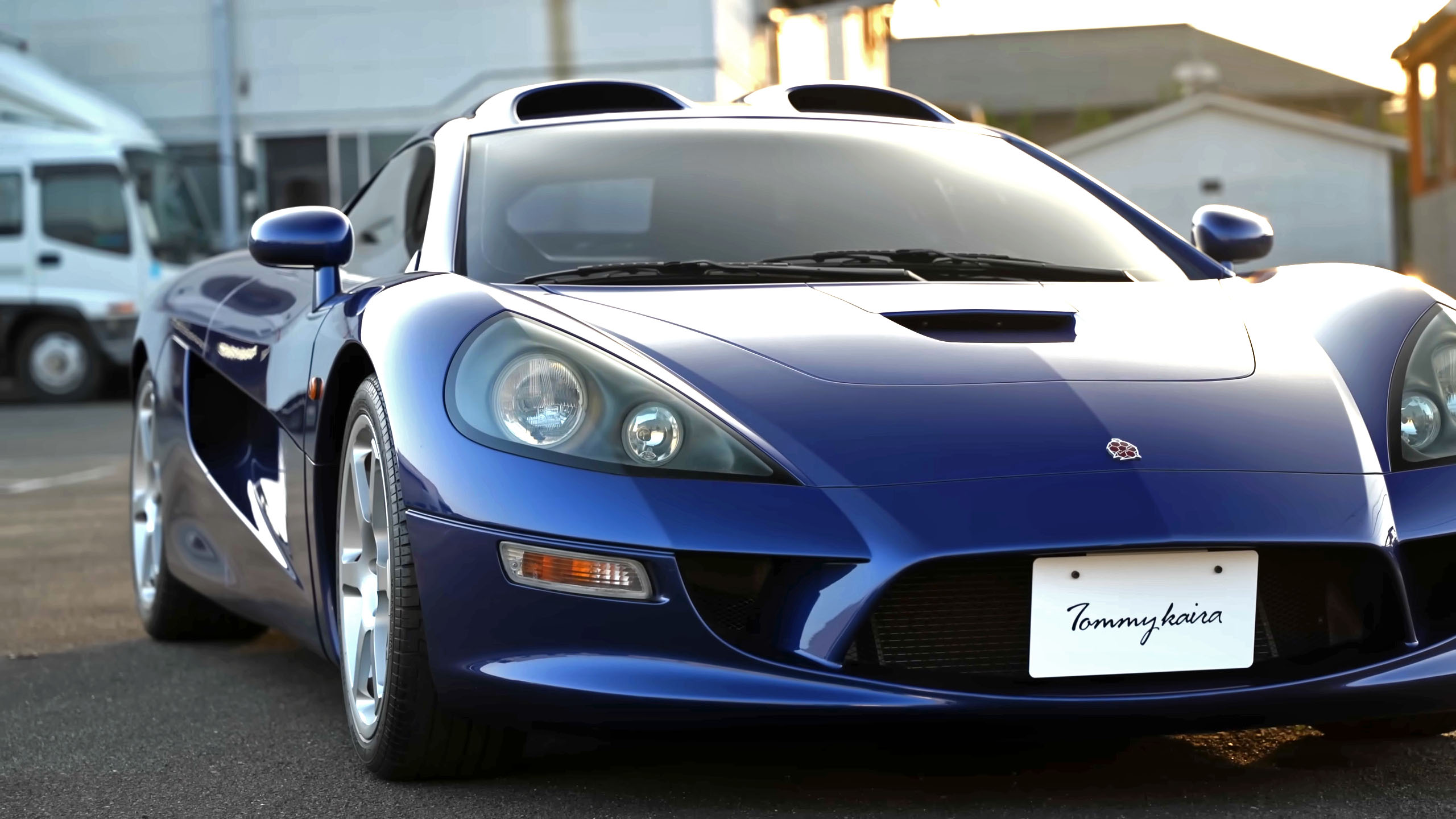Japan’s Lost Supercar Reemerges in This Detailed Video
There is exactly one Tommykaira ZZII in existence, and you’re looking at it. The mid-engine, Nissan RB26-powered supercar was intended to be Japan’s rival to the Porsche Carrera GT. It was built by a small but ambitious tuning company that made a name for itself modifying Mercedes, Nissan, and Subaru products in the ’80s and ’90s. If you’re of a certain age, you recognize it from Gran Turismo 2 and 3. The project unfortunately fizzled out after years of development, but not before one running prototype could be made. In a new video from YouTuber Dino DC, we get the rare opportunity to see it moving and hear from the man who architected it.
Following the superlight, low-power ZZ, the ZZII was designed to compete as a GT car in the 24 Hours of Le Mans, and be sold worldwide. That’s why the lone example seen here is left-hand drive, and also why it has creature comforts like air conditioning and a double-DIN head unit with a CD player and tape deck—luxuries its predecessor lacked. The chassis is all aluminum but curved in the center to allow for more room in the passenger cell. In that way, it’s shaped more like an oval, and you can see proof of this in the bowed-out rails you’d need to climb over to get into the car.
The ZZII is powered by a 550-horsepower version of the twin-turbo RB26 inline-six found in the R34 Skyline GT-R, bored out to 2.7 liters. As one of the company’s founders, Yoshikazu Tomita explained to Dino Dalle Carbonare in the video, the ZZII was intended to be all-wheel drive using Nissan’s ATTESA system, but flipped around so that the GT-R’s front differential drove the rear wheels, and vice versa. However, engineering challenges faced during development resulted in the company leaving this prototype as rear-wheel drive only.



Still, imagine the pitch: A 550-hp, mid-engined, all-wheel drive supercar powered by an inline-six, with a double wishbone pushrod suspension up front and a cutting-edge all-aluminum chassis. Curb weight is a little unclear; Tomita-san says the concept was targeting about one ton (2,200 pounds), though Tommykaira’s manufacturing partner at the time, Autobacs, quoted roughly 2,600 pounds with a working all-wheel-drive system and a proper production body, rather than the concept’s fiberglass shell.
The ZZII would’ve been a unique proposition indeed for its time … or even today. Although it’s been about 25 years since the car was in its planning stages, Tommykaira has been signaling for a few years now that it’s still interested in a partner to produce a run of these, to more or less finish the dream that began before the firm ran out of funding. Surely, a modern ZZII wouldn’t contest Le Mans, but it would delight anyone who was mystified by this car in Gran Turismo all those years ago. I actually happen to be playing through GT3 for the first time in decades right now, and it’s brought back so many memories.
With its big triangular headlights, prominent roof scoops feeding an intercooler mounted behind the engine, and four-round taillights and wide air diffuser, the ZZII looked like Japan’s take on the McLaren F1, and I loved that about it. Dino’s had quite an opportunity seeing it in person, let alone becoming the first person outside this small company to drive the car—if only in a circle in the Tommykaira parking lot.







Got tips? Send ’em to tips@thedrive.com
The post Japan’s Lost Supercar Reemerges in This Detailed Video appeared first on The Drive.










